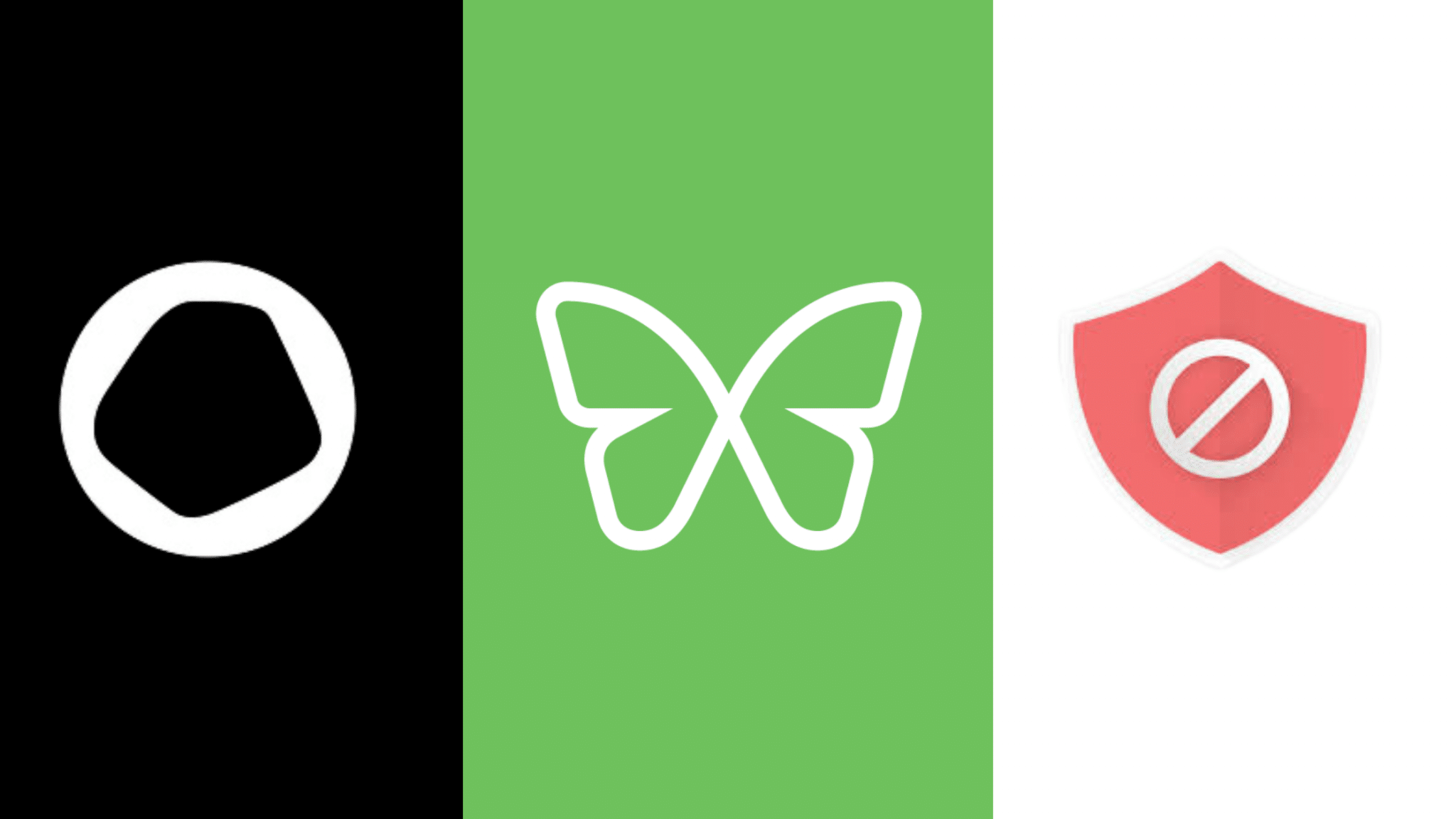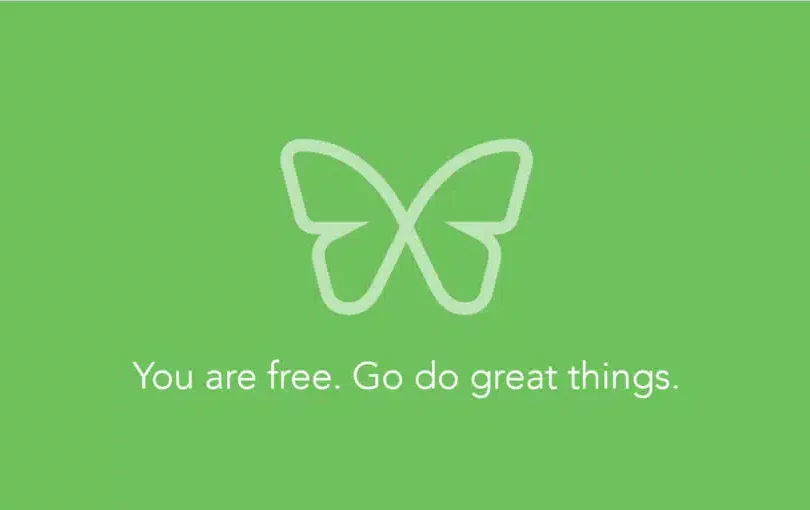2017: Don’t Change What You’re Doing, Change How You’re Doing It

With the fireworks over and the hangovers subsided, resolution season is now officially in full swing. Each year, we take time to review our lives and decide which habits we hope to create or get rid of in order to live a more fulfilled life.
We pledge to exercise more, eat better, save more, be more productive, be less stressed, wake up earlier, stop procrastinating, and just generally achieve more. We pledge to be happier. Unfortunately, life is complicated and come February or March, our new routines are often abandoned and forgotten.
All of us are susceptible to losing our determination and motivation. So this year, maybe it’s time to try something different. Instead of changing what you’re doing, change how you’re doing it.
At Freedom, we believe in productivity and making positive changes, but too often we set ourselves up for failure with lofty goals, or unrealistic expectations of our time, energy, and motivation. Instead of always trying to do more, add more, and be more – this year, try to focus on being present, accepting, and mindful of what you already have. For example, instead of trying to wake up earlier to have more hours in your day, maybe you need to change the way you’re using the hours you already have.
Instead of always trying to do more, add more, and be more – this year, try to focus on being present, accepting, and mindful of what you already have.
So this year we’ve created a five-part blog series that focuses less on adding and doing more, and more on simply being present and focused with things as they are.
Mindful meditation
Being mindful is not something that always comes naturally, but it’s something that can have tremendous benefits to your life, health, and happiness – with minimal effort. So, this week’s post focuses on how to be more present with mindful meditation.
Mindful meditation is simple. It’s the practice of breathing and focusing your attention on your present state without passing judgment. Instead of trying to change or adapt your state, mindful meditation encourages acceptance of your experience in the present moment.
In as little as 10 minutes a day, mindful meditation has been shown to reduce stress levels, lower blood pressure, rebuild your brain’s gray matter, as well as improve sleep, digestion, and self-control.
Getting Started
Getting started with mindful meditation is simple. There are many different ways in which you can practice mindful meditation, so it may take some trial and error to find the method that works best for you.
- To start, find a 10-minute slot in your day in which you can sit and meditate. Then pick a calm spot to sit where you will not be interrupted during your meditation.
- Next, sit cross-legged on the ground, or sit naturally in a chair; allowing your hands to fall naturally in your lap or on your legs. Remember to keep your back straight, but avoid becoming rigid or tense.
- Now it’s time to begin the meditation. Close your eyes, or let your gaze fall gently on whatever is in front of you. Allow yourself to rest in this position for a few minutes, drawing your attention to your breath.
- Take a few deep breaths, inhaling through your nose and exhaling through your mouth. After a couple repetitions, allow your breathing to assume its natural rhythm.
- When your mind begins to wander, gently bring your attention back to your breathing. It’s also important to remember that as your mind wanders, to remain unjudgemental of any thoughts and emotions that arise – each time acknowledging them and then shifting your attention back to your breath.
Some days, your attention and focus will come more easily than others, but regardless of how it goes, it’s important to remember that mindfulness takes practice. Don’t be too hard on yourself if you’re struggling to keep your attention, just acknowledge it, and continue to practice.
Also, for those who feel they need more help getting started or maintaining the habit, there are great tools that can help. For guided meditations and reminders, try an app like Headspace, or use UCLA’s Mindful Awareness Research Center’s free guided meditations ranging from three to 12 minutes.
What’s important is that you are taking steps to become more mindful – and improving your general quality of daily life. So make sure you’re present for this 2017 and give mindful meditation a shot!


